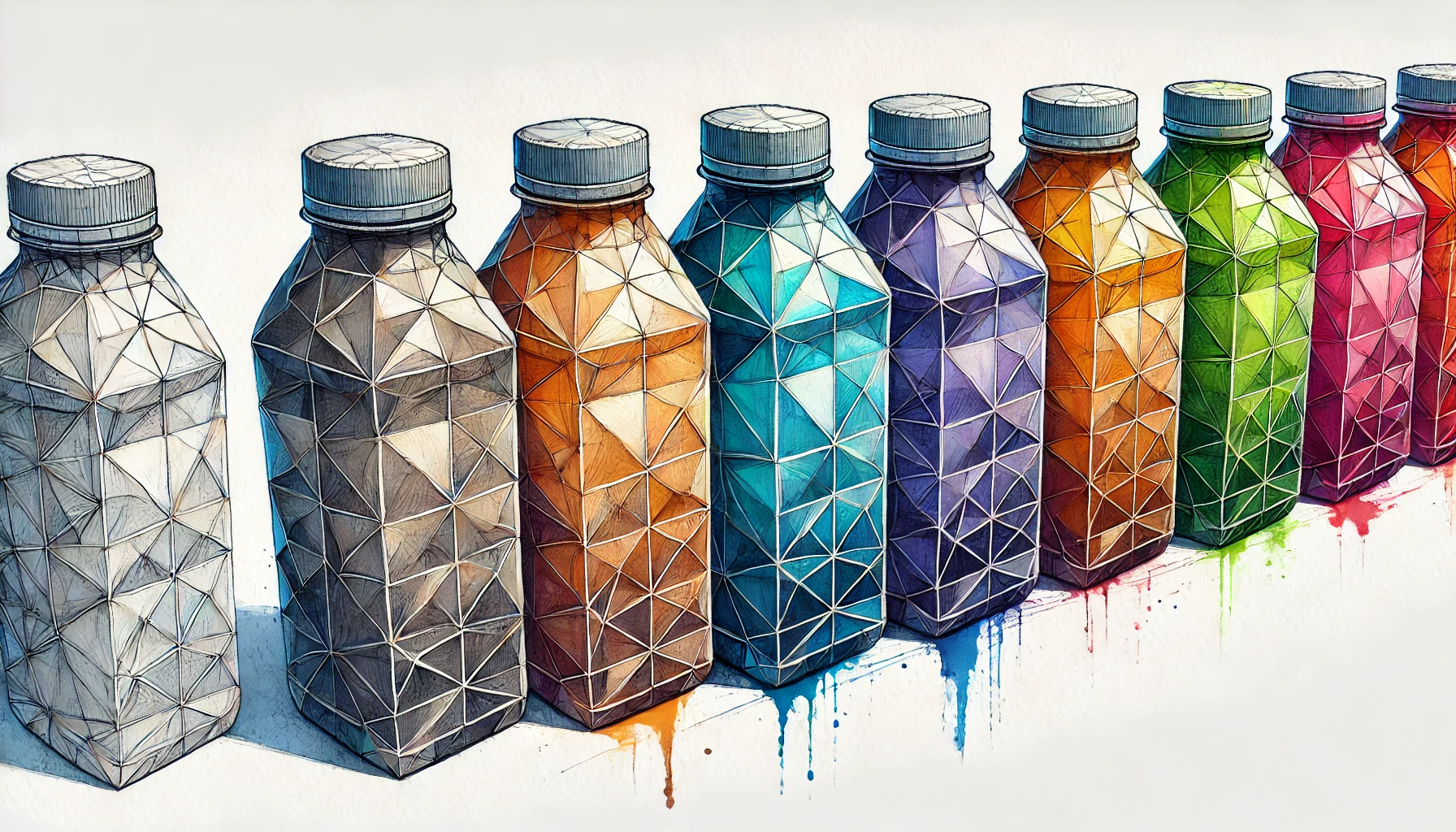Update: BluePrint has since ceased operations. Too bad, so sad.
There are other health food scams out there—but as I am not current on the latest in nutritional guidance, I will not render any advice.
During this morning’s gym routine, I caught up on a Skeptoid podcast which debunked the nutritional claims by the various juice cleanse proponents. So, naturally, I thought I’d do the math and see if I couldn’t come up with something healthier, cheaper, and more delicious.
(Side note: Brian’s Skeptoid show is fantastic, as are the piles of research he does for every show.)

As a benchmark, I started with Blueprint’s Foundation Cleanse which, according to the marketing, seemed most appropriate for most cleanse-seeking persons (hereafter referred to as “cleansers”). It was also the first result for “juice cleanse” on your favorite search engine.
The Foundation Cleanse is six bottles of juice, taken sequentially, with the following daily nutritional footprint. In sum:
KCal: 1,010
Fat: 19 grams (Saturated: 3 g)
Carb: 197 grams (Fiber: 14 g, Sugar: 171 g)
Protein: 14 grams
What I find particularly amusing is that, according to BluePrint, “The Foundation Cleanse fills you up […]”, but with 171g of sugar comprising most of the caloric intake, I find that difficult to stomach. (Har har.) You see, sugar is quickly digested and quickly burned, rendering the cleanser with energy spikes after every bottle and isn’t, I’m afraid, terribly filling.
Moreover, the total caloric load is 1,010 KCal, below the average number of calories most people spend in a day just to exist. (Also called the Basal Metabolic Rate, or BMR, the averages for men and women are about 1,500 and 1,650 kilocalories a day, respectively.)
If you’re trying to lose weight (which, I’d venture, is why most cleansers subscribe to a juice cleanse), consuming below your caloric usage is generally a sound idea. However, operating on a high-sugar, caloric-restrictive diet will cause most people, experienced cleansers included, to lose lean mass (muscle) and not fat mass (pudginess). For those who value popular fashion aesthetics, this cleanse is the stark opposite to what cleansers ought to be doing. They will lose weight, but it’s not the weight they want to be losing.
However, the point of this exercise isn’t to admonish BluePrint or its product’s nutritional values and composition—it’s to come up with something equally absurd, wonderful, and by all means tastier. And it’s with this in mind that I bring you my latest creation:

The Ice Cream, Peanut Butter, and Split Pea Cleanse
The goal here was to create a cleanse with a similar caloric load to our benchmark, but with macronutrients portioned to reduce insulin spikes, include sufficient fiber, stave off hunger, and—most importantly—maximize gluttony.
While The Foundation Cleanse features six consumption opportunities throughout the day, The ICPBSP Cleanse can be consumed all in one sitting; or, if the cleanser chooses, throughout the day thusly:
Meal 1: 1/2 Cup Cooked Split Peas
Meal 2: 1/2 Cup Vanilla Ice Cream
Meal 3: 2 Tbsp Creamy Peanut Butter
Meal 4: 1/4 Cup Cooked Split Peas
Meal 5: 1/2 Cup Vanilla Ice Cream
Meal 6: 2 Tbsp Creamy Peanut Butter
Meals 1 and 2, 3 and 4, 5 and 6 may also be combined if so desired. I’m not picky.
Most acutely, the daily nutritional footprint of The ICPBSP Cleanse is as follows:
KCal: 1,093
Fat: 71 grams (Saturated: 29 g)
Carb: 87 grams (Fiber: 16 g, Sugar 53 g)
Protein: 36 grams
In comparison with the Foundation Cleanse, this nutritional footprint features 50% more protein, 50% fewer carbs, and 65% fewer sugars, all with equivalent fiber portions, calorie for calorie.
Did I mention this cleanse features one cup of Haagen Dazs Vanilla Ice Cream, four tablespoons of Skippy Peanut Butter, and less than a cup of cooked split peas? I could’ve spent time selecting more nutritionally-advantageous products, but given the sugar contents of the benchmark, I felt I didn’t need to bother with any of that. I leave it as an exercise to the reader.
Also important to note, this diet features three times the amount of fat as The Foundation Cleanse. This is intentional: fats (and proteins) will keep cleansers much more sated than the equivalent caloric load in carbohydrates. Contrary to popular belief, eating fats doesn’t (necessarily) make you fat. Granted, there’s a lot of fat in this cleanse, but it’s more likely you’ll be able to stick to this one over the low-fat, low-protein Foundation Cleanse. And with the little bit of extra fiber in the ICPBSP Cleanse, it’ll digest just as easily (assuming the cleanser isn’t lactose intolerant or anything).
In my mind, there are two purported purposes to a cleanse: rid your body of toxins and restore nutritional balance in your body. Regardless of whether or not that’s what actually happens during a cleanse (spoiler: it’s not), the overall byproduct of this dietary exercise leaves cleansers to operate with a lower caloric intake. So, for my money, go with which one you’re more likely to stick with.
Speaking of which, The Foundation Cleanse will cost you more than $65 per day (not including shipping) whereas the ICPBSP Cleanse costs $4* per day and is available at every grocery store in America and can be purchased with SNAP/EBT.
Ultimately, for cleansers who opt to cleanse, the choice is simple: either go with expensive mail-order green and white juice goop, or enjoy a simple diet of Ice Cream, Peanut Butter, and cooked Split Peas.
Truthfully, though, I wouldn’t recommend either.
*Prices as of November 14th, 2012 according to FreshDirect.com. (Daily portion wise: $3 for the Ice Cream, $.50 for the Peanut Butter, and $.50 for the Split Peas.)